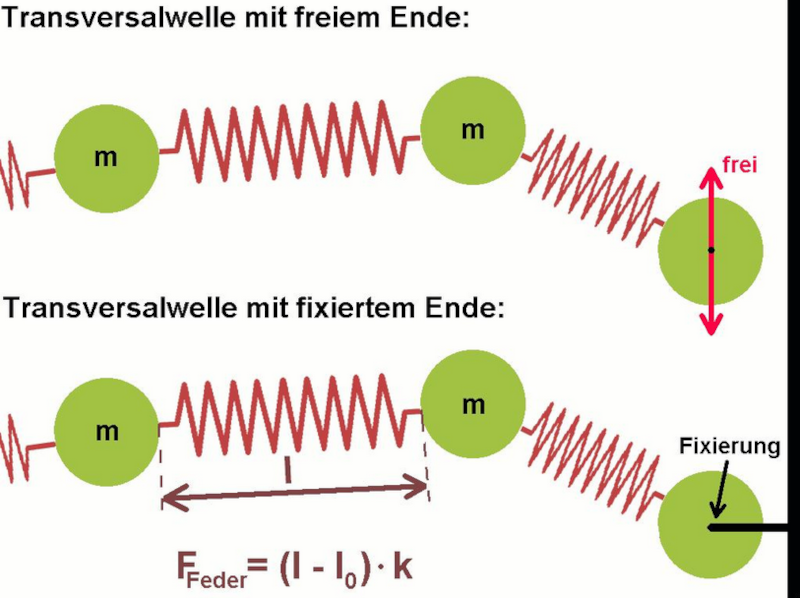[Stoppi] always has interesting blog posts and videos, even when we don’t understand all the German in them. The latest? Computer simulation of wave propagation (Google Translate link), which, if nothing else, makes pretty pictures that work in any language. Check out the video below.
Luckily, most browsers will translate for you these days, or you can use a website. We’ve seen waves modeled with springs before, but between the explanations and the accompanying Turbo Pascal source code, this is worth checking out.
We can’t explain it better than [Stoppi] who writes:
The model consists of individual atoms with the mass m, which are connected to each other by springs with the spring constant k. To start, I deflect the first atom sinusoidally. According to this, the individual atoms obey Newton’s equation of motion F = m·a, whereby Hook’s spring law F = k·Δl is used for the force F. I solved these differential equations iteratively using the Euler method. The movement of the atoms is restricted in the y-direction. At the beginning, the number of atoms, their mass m and the spring constant k must be entered. In addition, you can choose between transverse or longitudinal deflection and whether you want the reflection at the free or fixed end.
Can you get better simulations? Of course. But will this help you develop more intuitive understanding? Maybe. If you are interested in simulating the physical world, don’t forget TinkerCad has added that capability.
















Fun fact: When Frank Hayes was a boy, FORTRAN wasn’t even THREETRAN (and his family’s Nintendo was carved from an old apple tree).
Not so fun fact: HAD needs a preview mode.
This sould have read:
Wow, didn’t see that coming. I was expecting either something 21st century or a pre-1970 version of FORTRAN (now Fortran).
DID see that coming.
Fun fact: When Frank Hayes was a boy, FORTRAN wasn’t even THREETRAN (and his family’s Nintendo was carved from an old apple tree).
If this comes out correctly, only two lines will be “quoted”: “Turbo Pascal” and “source code.”
Either a preview, or let us edit.
“Nintendo was carved from an old apple tree”
Was that this famous apple computer with limited memory owned by Adam and Eve where one byte crashed everything?
Hello! Just noticed that one of my projects has made it up to hackaday once again. Don’t say anything bad about Turbo Pascal ;-) I still have the book “Numerical Recipes with Fortran” in my living room ;-) Best wishes from austria, Christoph (stoppi)
The Fortran version avoids some errors in the C version. They both have the wrong derivation for Runga-Kutta but the algorithm is right. Generations of copying by authors I suspect.
When one starts out to derive the wave equation it is discrete, with masses and restoring forces and initial conditions, etc. The usual route is to use this to get a differential equation of motion then a continuous solution. The numerical way is to stay discrete and integrate in steps – it is simpler. There are errors of course, and anything that isn’t simple Newton or Newton-Feynman is more complicated because of error terms.
A very nice feature is you can add more conditions, like friction, without having to solve a DEQ that goes non-linear, or any equation. You just watch the curves that develop. It is a lot like solving with op-amps in the old analog computers. Set the initial conditions and turn it loose. The output voltage traces out the solution.